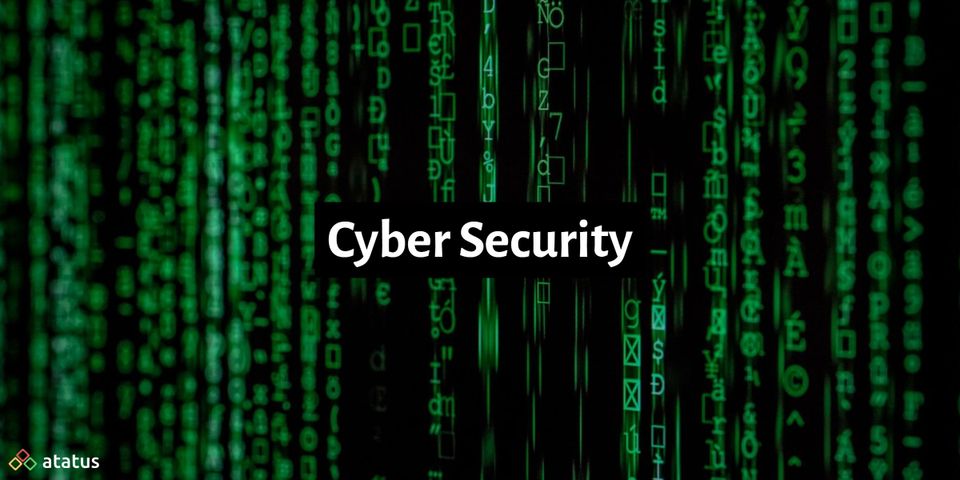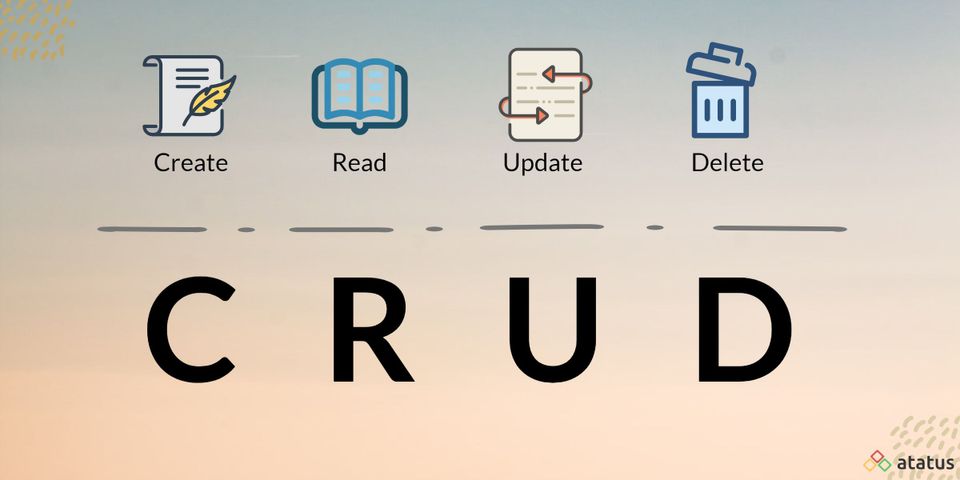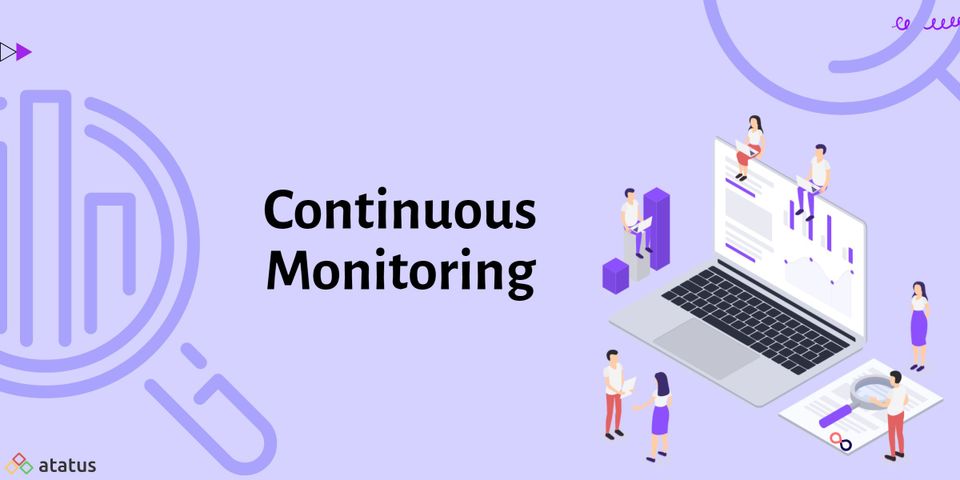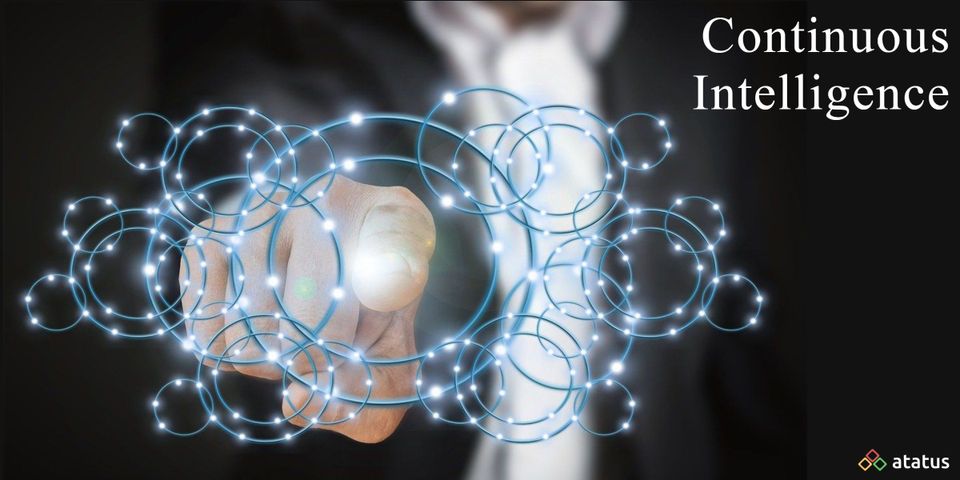Cyber Security protects computer systems, back-end systems, and end-user applications, as well as the data they hold, in the same way, physical security protects physical property and persons from criminal activity or accidental harm. Its goal is to keep cybercriminals, malicious insiders, and others from gaining access to, hurting, disrupting, or changing IT systems and applications.
We will cover the following:
- What is Cyber Security?
- Domains of Cyber Security
- Types of Cyber Security Threats
- Challenges in Cyber Security
- Why Cyber Security is Important?
What is Cyber Security?
Cyber Security refers to a set of methods, technologies, and procedures for defending computer systems, networks, and data from cyber-attacks or unauthorised access. The primary goal of cyber security is to secure all organisational assets from external and internal threats, as well as disruptions caused by natural disasters.
A good security posture against malicious attacks intended at obtaining access to, changing, deleting, destroying, or extorting important data from an organization's or user's systems can be achieved with a strong cyber security plan. Cyber security is also important in preventing attacks that try to disable or impair the operation of a system or device.
Simply put, cyber security refers to the safeguarding of internet-connected systems, including hardware, software, and data, from cyber threats. This method is used by individuals and corporations to prevent unauthorised access to data centres and other digital systems.
Domains of Cyber Security
A good cyber security posture demands coordinated efforts across all of an organization's systems because its assets are made up of a range of different platforms. As a result, cyber security has the following sub-domains:
- Application Security
The installation of various defences within all software and services used within an organisation to protect against a wide variety of threats is known as application security. To limit the likelihood of any unwanted access or alteration of application resources, it necessitates creating secure application architectures, writing secure code, implementing strong data input validation, threat modelling, and so on. - Identity Management and Data Security
Identity management refers to the frameworks, processes, and activities that enable legitimate individuals to access information systems within an organisation. Implementing strong information storage techniques that assure data security at rest and in transit is part of data security. - Network Security
The implementation of both hardware and software techniques to secure the network and infrastructure from unwanted access, disruptions, and misuse is known as network security. Network security is important for protecting an organization's assets from both external and internal attacks. - Mobile Security
Mobile security refers to safeguarding both organisational and personal data held on mobile devices such as cell phones, laptops, tablets, and other similar devices from dangers such as unauthorised access, device loss or theft, malware, and so on. - Cloud Security
Cloud Security refers to the creation of secure cloud architectures and applications for businesses that use AWS, Google, Azure, Rackspace, and other cloud service providers. Protection against diverse dangers is ensured by effective design and environment configuration. - Disaster recovery and Business Continuity Planning (DR&BC)
DR&BC deals with processes, monitoring, alerts, and plans that help organisations prepare for keeping business vital systems online during and after a disaster, as well as restarting lost operations and systems.
Types of Cyber Security Threats
The latest cyber security risks are taking use of work-from-home environments, remote access technologies, and new cloud services to put a new twist on "well-known" attacks. The following are some of the evolving threats:
- Phishing
Phishing is the act of sending fake emails that look like they came from a credible source. The intention is to steal sensitive data such as credit card numbers and login credentials. It's the most common kind of cybercrime. Education or a technical solution that filters dangerous emails can help you protect yourself. - Ransomware
Ransomware is a sort of malicious software that encrypts files and holds them hostage. Its purpose is to extort money by preventing access to files or the computer system until a ransom is paid. Payment of the ransom does not ensure the recovery of the files or the restoration of the system. - Malware
Malware refers to harmful software types such as worms, viruses, Trojans, and spyware that allow unauthorised access to a computer or cause damage to it. Malware attacks are becoming increasingly "fileless," and are designed to avoid detection technologies that scan for harmful file attachments, such as antivirus software. - Social Engineering
Adversaries employ social engineering to mislead you into divulging crucial information. They can demand a monetary payment or get access to your personal information. To make you more inclined to click on links, download malware, or believe a malicious source, social engineering can be used with any of the risks outlined above. - Distributed denial-of-service (DDoS) Attacks
A DDoS attack overloads a server, website, or network with traffic, usually from numerous synchronised systems, in order to bring it down. DDoS attacks use the simple network management protocol (SNMP), which is used by modems, printers, switches, routers, and servers, to overwhelm enterprise networks. - Man-in-the-middle Attacks
An eavesdropping attack in which a cybercriminal intercepts and relays messages between two parties in order to steal data is known as man-in-the-middle. An attacker, for example, can intercept data passing between a guest's device and the network on an insecure Wi-Fi network.
Challenges in Cyber Security
Hackers, data loss, privacy, risk management, and changing cyber security methods are all constant threats to cyber security. The number of cyberattacks is unlikely to reduce very soon. Furthermore, additional attack access points, such as the internet of things (IoT), raise the need to secure networks and devices.
The ever-changing nature of security vulnerabilities is one of the most difficult aspects of cyber security. New attack channels emerge as new technologies emerge and as technology is exploited in new or different ways. It can be difficult to keep up with the constant changes and advancements in attacks, as well as to update practises to protect against them. Among the issues is ensuring that all aspects of cyber security are kept up to date in order to protect against potential vulnerabilities. Smaller businesses without staff or in-house resources may find this particularly tough.
Furthermore, organisations can collect a wealth of information about individuals who utilise one or more of their services. The likelihood of a cybercriminal attempting to steal personally identifiable information (PII) increases as more data is collected. An organisation that saves PII on the cloud, for example, could be the target of a ransomware attack. Organizations should do all possible to avoid a cloud breach.
Employees may bring malware into the office on their laptops or mobile devices, thus cyber security strategies should include end-user education. Employees who receive regular security awareness training will be better able to contribute to keeping their company safe from cyberthreats.
Another challenge with cyber security is a scarcity of competent cyber security professionals. As businesses acquire and use more data, the demand for cyber security professionals to assess, manage, and respond to incidents grows. The workplace gap between needed cyber security jobs and security specialists, according to (ISC)2, is expected to be 3.1 million.
Why Cyber Security is Important?
Networks, computers, and other electronic devices, as well as software applications, are facilitating all parts of our life as human civilization becomes more digital. Since government, military, business, financial, and medical organisations acquire, process, and store massive amounts of data on computers and other devices, cyber security is critical.
Sensitive data, such as intellectual property, financial data, personal information, or other sorts of data, might make up a considerable amount of that data. Unauthorized access or exposure to that data can have serious implications. In the course of doing business, companies send sensitive data across networks and to other devices, and cyber security refers to the discipline committed to safeguarding that data and the systems that process or store it.
Companies and organisations, particularly those responsible with preserving information linked to national security, health, or financial records, must take efforts to protect their sensitive business and people information as the volume and sophistication of cyberattacks grows. Threat actors have more motivation than ever to breach those computer systems for monetary gain, extortion, political or social motives, or simply vandalism.
Cyberattacks have been undertaken against key infrastructure in all industrialised countries during the last two decades, resulting in devastating losses for many organisations.
Conclusion
The need of good cyber security measures is demonstrated by recent high-profile security breaches of organisations, which resulted in the loss of incredibly sensitive user information, causing irreversible financial and reputational damage.
Attackers target both large and small companies on a daily basis in order to obtain sensitive information or disrupt services. Companies are often unaware of the many threats that exist within their IT infrastructure, and as a result, they do not implement cyber security countermeasures until it is much too late.
Monitor Your Entire Application with Atatus
Atatus provides a set of performance measurement tools to monitor and improve the performance of your frontend, backends, logs and infrastructure applications in real-time. Our platform can capture millions of performance data points from your applications, allowing you to quickly resolve issues and ensure digital customer experiences.

Atatus can be beneficial to your business, which provides a comprehensive view of your application, including how it works, where performance bottlenecks exist, which users are most impacted, and which errors break your code for your frontend, backend, and infrastructure.





